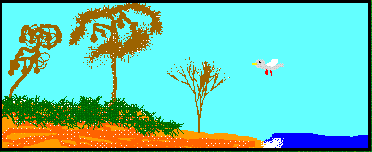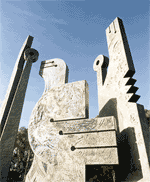Manukau was originally a swampy area. The Manukau Harbour was a very important source of food for the Maori people living in the area.
When Europeans started building farms in the area, they made use of the fertile soil. Most of the area we call Manukau was still farmland 100 years ago, and a lot of it was still being farmed 50 years ago.
In the last 10 years, nearly all of that land has been broken up and sold for people to build houses on. Manukau is one of the fastest growing areas in Auckland.


